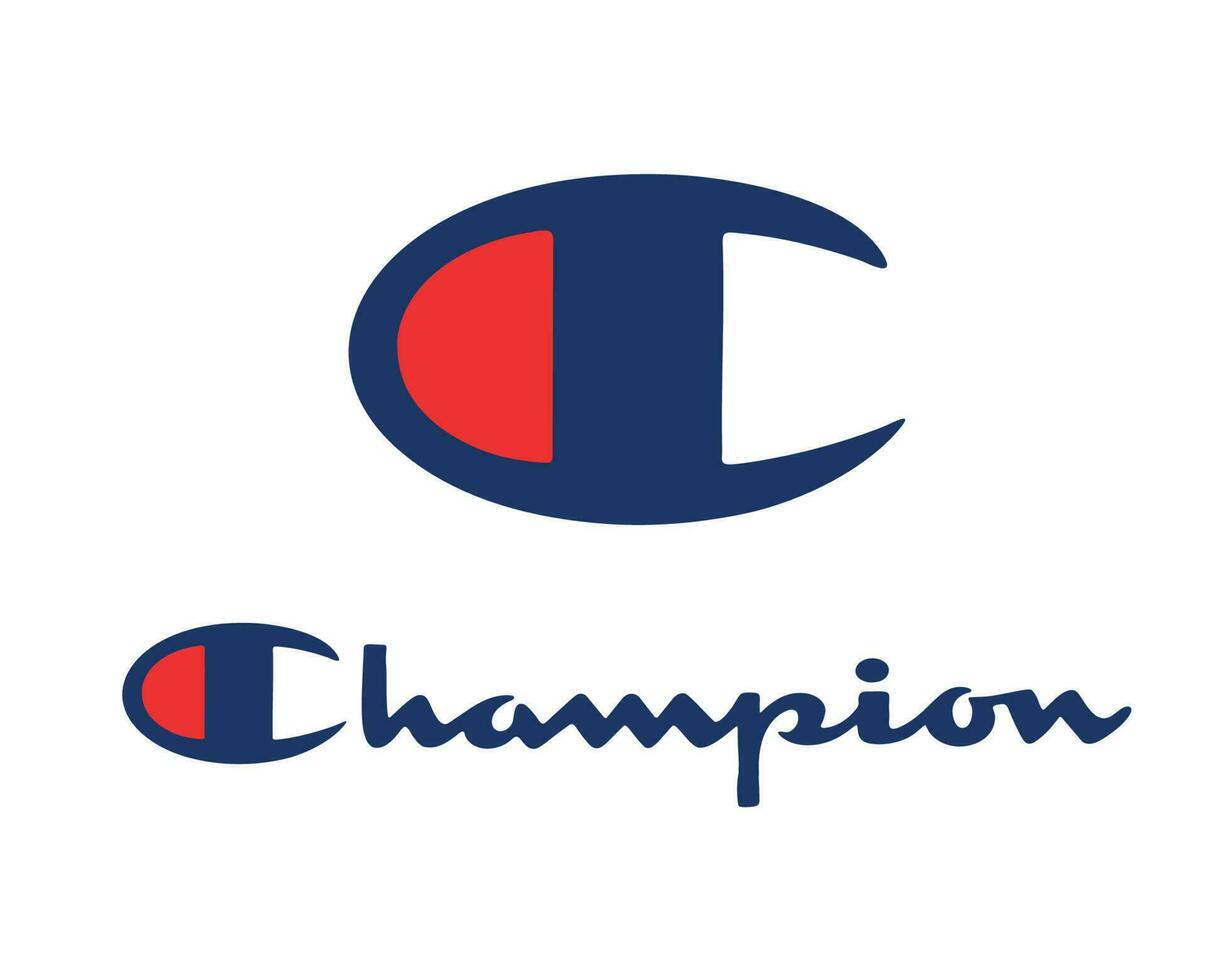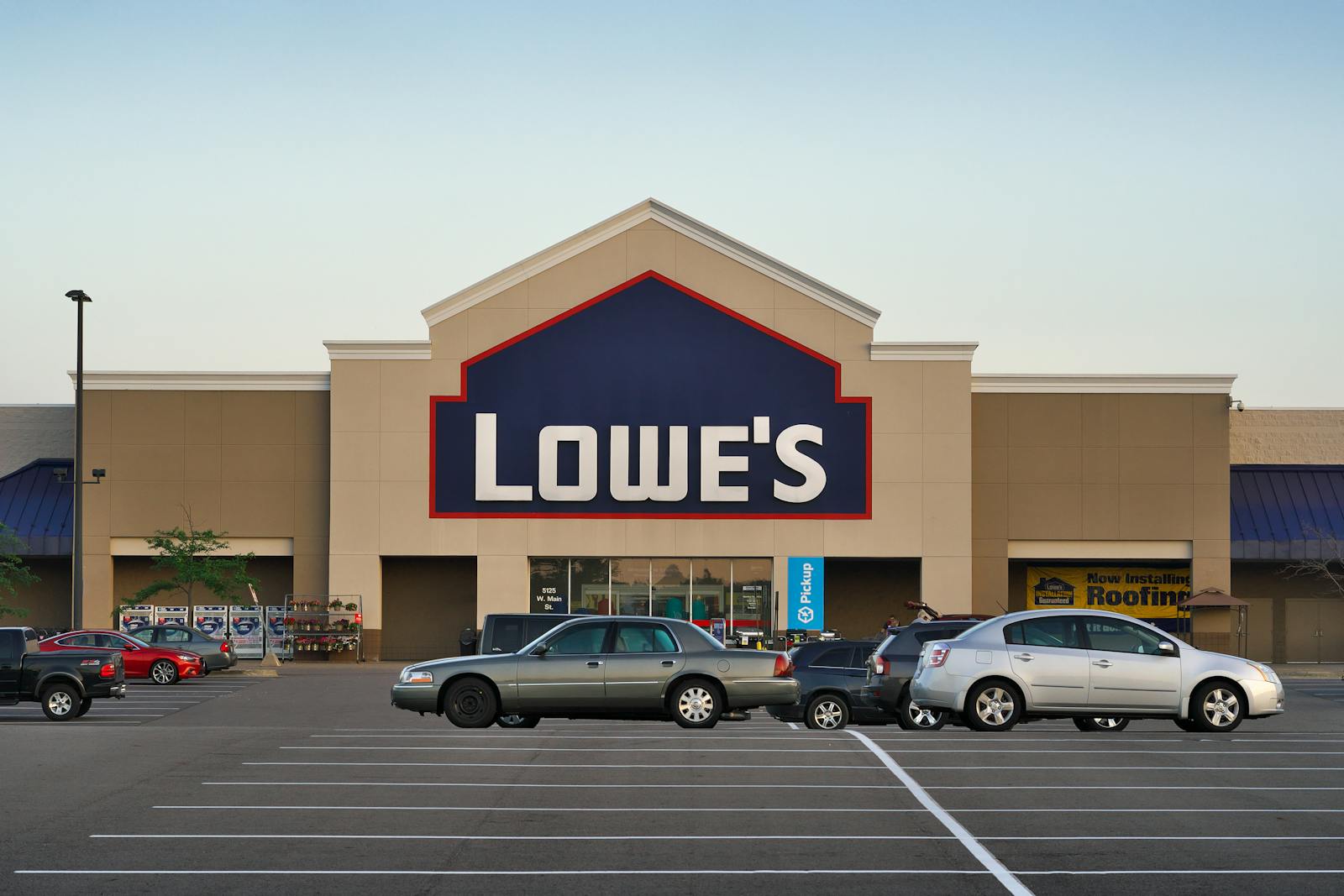
Alright, sports fans, let’s talk about that electric, heart-pounding moment when the clock hits zero, the whistle blows, and a champion is crowned! We all know the drill: within seconds, merchandise declaring the winners floods the market. Hats are thrown, t-shirts are donned, and the euphoria of victory is palpable. It’s a mad dash to grab a piece of history, an instant souvenir of triumph!
But here’s a thought that’s probably crossed your mind, maybe while you’re celebrating or perhaps commiserating with a friend: what about the *other* team? The one that poured their heart and soul onto the field but ultimately came up short? You know, the team that had an entire line of championship gear—shirts, hats, you name it—just waiting in warehouses, pre-printed and ready to go, all proclaiming them the victors. Surely, that stuff doesn’t just disappear into thin air, right?
For years, many might have assumed these symbols of ‘almost glory’ were simply destroyed, incinerated, or shredded into oblivion to avoid market confusion or unauthorized resale. And, honestly, that *used* to be the case! It was a strict protocol, a hidden chapter of sports merchandising. But thankfully, the story has a much happier, much more impactful ending now. Instead of contributing to textile waste, these ‘unbuyable’ relics of a near-win embark on incredible journeys of goodwill, turning disappointment on the field into hope across the globe. Ready to dive into some amazing stories of how these jerseys get a second chance at making a difference?

1. **The Chicago Bears’ Almost-Victory Gear (2007 NFC Championship)**Imagine the scene: it’s 2007, and the Chicago Bears have just clinched the NFC Championship. Fans are absolutely buzzing, and the anticipation for the Super Bowl is through the roof! In the run-up to the big game, Sports Authority, like many retailers, was prepared. They printed more than 15,000 shirts, proudly proclaiming a Bears Super Bowl victory. Can you even picture that many shirts, brimming with the hopes and dreams of an entire city?
However, as we all know, sports can be a cruel mistress. The Indianapolis Colts ended up beating the Bears 29-17 in Super Bowl XLI. Suddenly, those 15,000+ shirts, once symbols of impending glory, became artifacts of what could have been. But here’s the kicker, and it’s a truly heartwarming one: these shirts didn’t go to waste. They were part of an early wave of merchandise that found a new purpose, thanks to forward-thinking charitable initiatives.
This early example perfectly illustrates the pivot in thinking within the sports industry. Instead of burning or shredding these perfectly usable items, they were diverted. While the context doesn’t specify the exact destination for *these particular* Bears shirts, it highlights a crucial shift. It showed that even at this scale, the massive production for both outcomes could be managed responsibly, ensuring that even a team’s loss could lead to a win for someone else. It’s a testament to the fact that even when the outcome isn’t what fans hoped for, the products themselves can still contribute to something truly good.
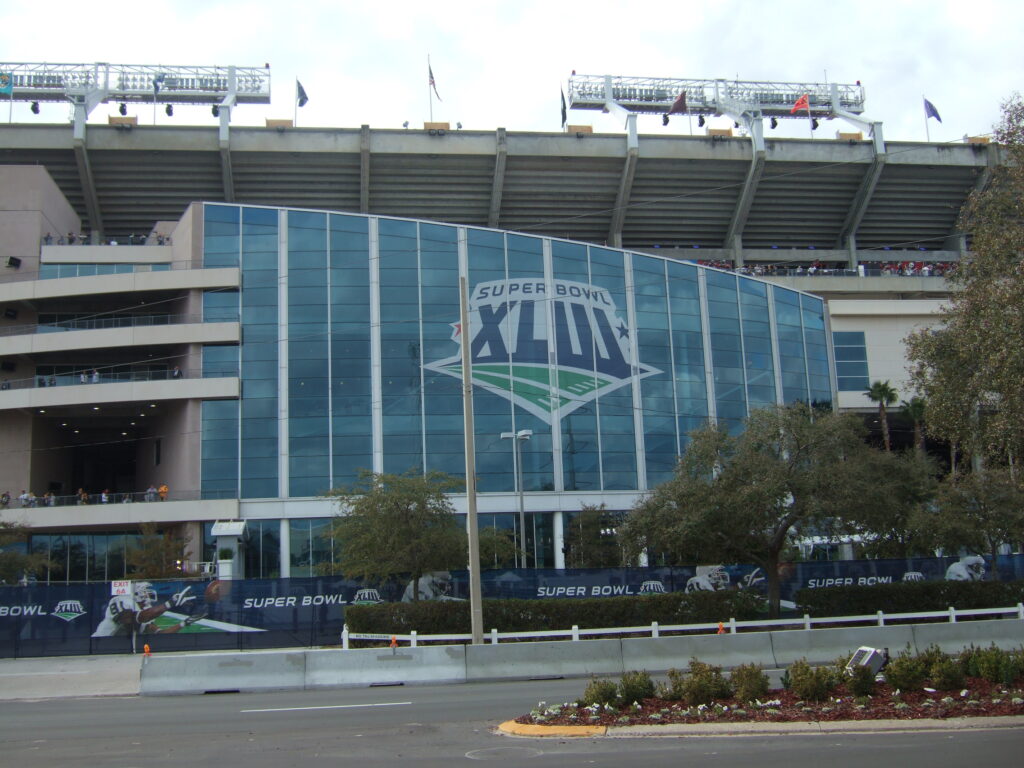
2. **Arizona Cardinals’ Super Bowl XLIII Apparel (2009)**Fast forward to Super Bowl XLIII in 2009, a nail-biter where the Arizona Cardinals faced off against the Pittsburgh Steelers. The Cardinals fought valiantly, but ultimately, the Steelers emerged victorious. For Cardinals fans, the sting of that loss was undoubtedly sharp, and the pre-printed championship gear for their team was, once again, relegated to the ‘unbuyable’ pile. These items, representing the pinnacle of an almost-perfect season, would never grace the shelves for public sale.
But thanks to World Vision, an international humanitarian aid organization that managed these donations for nearly two decades before Good360, this gear got a truly meaningful second life. The Super Bowl XLIII Arizona Cardinals apparel was shipped to children and families in El Salvador. Imagine the surprise and gratitude of receiving brand-new, high-quality sports apparel in a country where such items are often luxuries.
This act transformed a moment of sports disappointment into tangible aid for communities in need. It wasn’t just about providing clothing; it was about offering a sense of dignity and practical support. The jerseys, hats, and sweatshirts that symbolized a loss for one group became cherished possessions, offering warmth and utility to those facing hardship thousands of miles away. It’s a powerful reminder that even the most fleeting moments of professional sports can create lasting positive impacts globally.
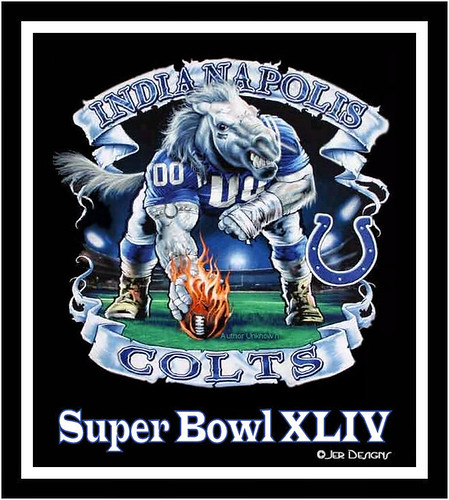
3. **Indianapolis Colts’ Super Bowl XLIV Merchandise (2010)**The following year, Super Bowl XLIV brought another intense showdown, this time between the New Orleans Saints and the Indianapolis Colts. The Saints secured their historic victory, leaving the Colts’ championship merchandise in the same predicament as the Cardinals’ gear before them. The hopes of a victory, meticulously stitched onto countless shirts and hats, now lay unfulfilled.
Once again, World Vision stepped in to orchestrate the redistribution of this vast amount of ‘almost champion’ gear. The Colts gear, printed up for Super Bowl XLIV, was sent to earthquake-ravaged Haiti. This was a nation in immense crisis, reeling from a devastating natural disaster, where basic necessities like clothing were in critically short supply. The donation provided much-needed practical items to people struggling to rebuild their lives.
This specific donation highlights the strategic and impactful nature of these charitable partnerships. The merchandise was directed to a region where the need was most acute, demonstrating that these goods are not just “sent blindly into a region where they may not be needed,” as Shari Rudolph of Good360 emphasized. Instead, they are carefully aligned with actual, pressing humanitarian requirements. It’s a profound transformation of what could have been waste into crucial humanitarian aid.

4. **Pittsburgh Steelers’ Super Bowl XLV Gear (2011)**Just one year later, in Super Bowl XLV, the Pittsburgh Steelers found themselves on the losing side of a fiercely contested game against the Green Bay Packers. The iconic black and gold gear, proclaiming another Steelers Super Bowl win, suddenly became surplus. For the passionate Steelers faithful, it was a tough pill to swallow, but their team’s ‘unbuyable’ merchandise was about to embark on an incredible multi-country journey.
This time, the Steelers Super Bowl apparel was distributed across several nations: Zambia, Armenia, Nicaragua, and Romania. Think about the logistical marvel of coordinating such a widespread donation! These items didn’t just go to one location; they were carefully sorted and shipped to diverse communities around the world, each with its unique needs and challenges. This broad reach underscores the extensive networks of organizations like World Vision and Good360.
It’s truly inspiring to consider how a single sporting event, played out on an American field, could result in such far-reaching acts of generosity. From the dusty plains of Zambia to the historic landscapes of Armenia and the vibrant communities of Nicaragua and Romania, these jerseys became more than just clothing. They became symbols of connection, goodwill, and practical support, crossing continents to offer comfort and utility to people who might otherwise go without.
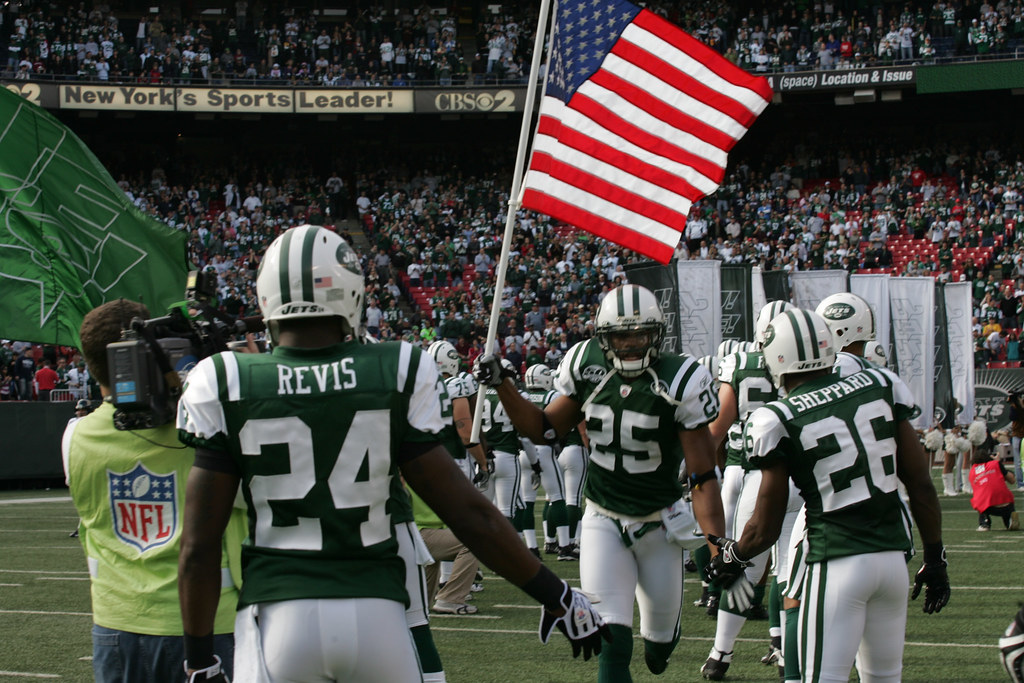
5. **New York Jets’ Hypothetical Super Bowl Swag**Now, here’s an interesting twist: the context also mentions “The shirts New York Jets fans would have worn if their team made it to the Super Bowl.” While this refers to a hypothetical scenario, it brilliantly illustrates the foresight (and sometimes the heartbreak) involved in pre-producing championship merchandise. Imagine the anticipation, the ‘what if’ scenario, playing out in real-time as manufacturers gear up for every possible outcome.
Even for teams that don’t make it to the final dance, or those who get knocked out in earlier rounds, the underlying principle holds true: any merchandise produced to celebrate a win that *doesn’t* happen eventually falls into this category of ‘unbuyable’ gear destined for donation. This isn’t just about the Super Bowl; it extends to conference championship games and other major events. The sheer volume of material, even for hypothetical wins, is immense.
This particular example drives home the point that the process isn’t just about the final Super Bowl losers; it’s about the broader ecosystem of sports merchandise. Every single ‘might have been’ championship shirt, every hat printed for a team that ‘could have’ gone all the way, contributes to this stream of goods that finds new life through charity. It’s a reminder that even the imagined victories have a tangible impact, ensuring that resources are never truly wasted.
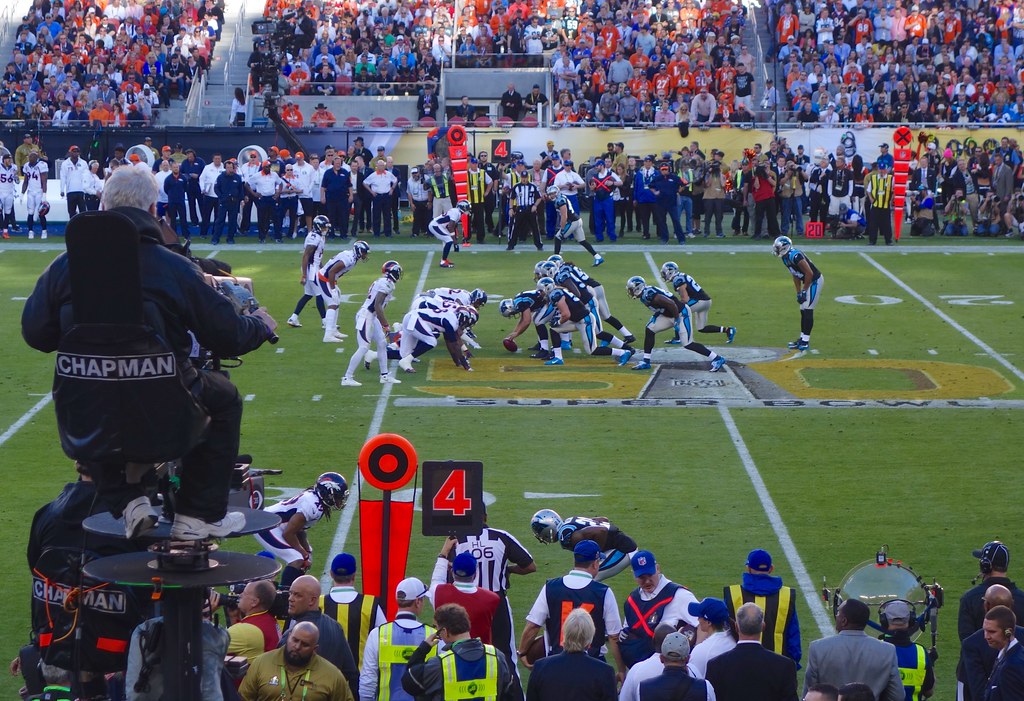
6. **San Francisco 49ers’ Post-2020 Super Bowl & 2023 Conference Championship Apparel**Ah, the San Francisco 49ers! A team with a storied history and passionate fans who’ve seen their share of highs and, well, ‘almost’ highs. The context specifically highlights two instances where their championship-bound gear ended up on the donation circuit. First, after their Super Bowl loss in 2020, where their meticulously prepared victory apparel had to be pulled from distribution. Then, more recently, their conference championship gear from 2023 also joined the ranks of donated items, alongside the Cincinnati Bengals’ similar fate.
This dual mention for the 49ers underscores the consistent nature of this charitable pipeline. It’s not a one-off event; it’s an ongoing, well-oiled machine that operates season after season, championship after championship. The immediate aftermath of a loss can be tough for fans, but knowing that their team’s ‘almost’ gear is contributing to global good can offer a unique kind of solace. It’s a legacy of generosity born from competitive defeat.
The continuous flow of merchandise from major sporting events, including the significant volume produced for teams like the 49ers across different championship stages, demonstrates the incredible scale of this operation. It’s a clear example of how major sports leagues and their partners are embracing a proactive approach to social responsibility, turning potential textile waste into a consistent stream of valuable aid for communities worldwide. These items, once destined for retail shelves, instead embark on a journey that transcends the game itself, bringing warmth and resources to those who need it most, year after year.
Okay, so we’ve already taken a wild ride through some truly incredible stories of how ‘almost champion’ gear from the biggest games got a second shot at glory, transforming moments of defeat into global goodwill. But the journey of these jerseys, hats, and tees is so much bigger than just a few high-profile Super Bowl losses! It’s a testament to an entire system designed to turn potential waste into tangible hope, day in and day out.
We’re talking about intricate logistical puzzles, the tireless efforts of humanitarian organizations, and a powerful shift towards sustainability that impacts communities far beyond the football field. Get ready to peel back another layer of this amazing story as we explore the broader categories of merchandise, the unsung heroes making it all happen, and the profound difference these donations make around the world.
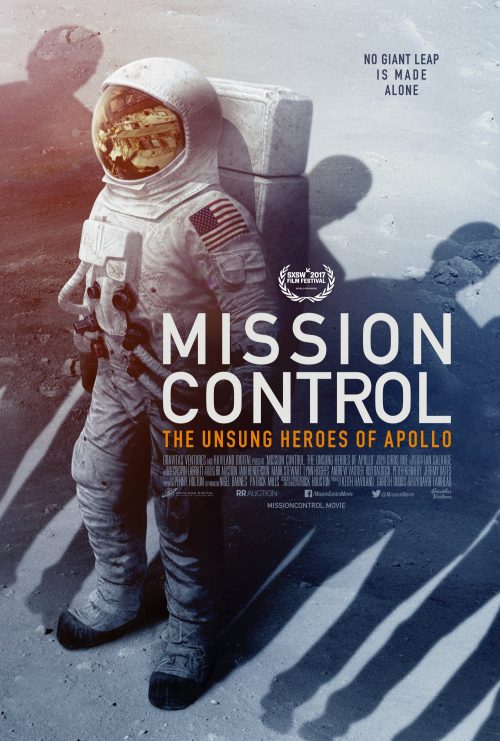
7. **The Unsung Heroes: Good360’s Modern Mission**Alright, let’s shine a spotlight on some real MVPs in this whole operation: Good360. This incredible non-profit, based in Alexandria, Virginia, has been the main player for the NFL’s excess goods distribution since 2015. They’re basically the master strategists, taking all that ‘could-have-been-champions’ gear and making sure it lands exactly where it’s needed most.
It’s not just a grab-bag situation, either. Good360 is informed of how much merchandise is available and stored across the U.S. after games. Then, they meticulously evaluate where the donations can have the most impact internationally. They don’t just send things blindly; they work with pre-qualified overseas partners to ensure every shirt, hat, or even mask (like the ones included after the 2021 Super Bowl to combat COVID-19) is truly a blessing for the recipients.
“That’s really important for us, that we make sure that we align where the products are going based on need, and not just not just sending them blindly into a region where they may not be needed,” explained Shari Rudolph, Good360’s Chief Development and Chief Marketing Officer. This careful, needs-based approach is what makes their work so incredibly effective. They’ve distributed more than $9 billion in goods since their inception, partnering with giants like Nike, Disney, and Major League Baseball – talk about making an impact!
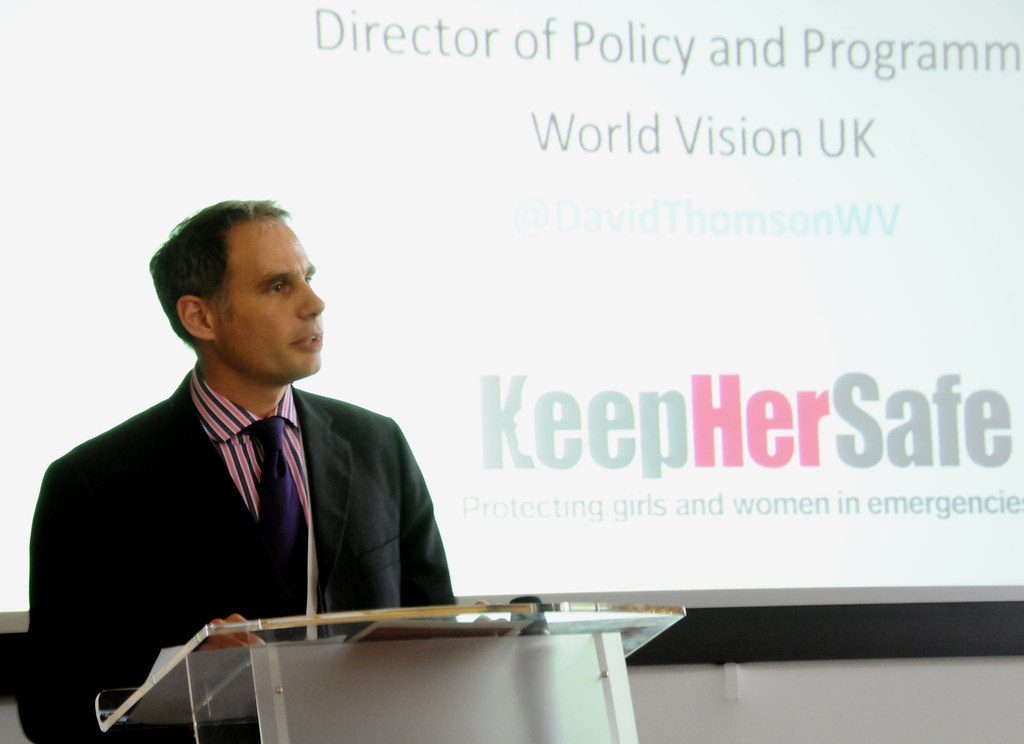
8. **The Global Reach: Beyond Borders with World Vision’s Legacy**Before Good360 stepped into the spotlight, there was another humanitarian powerhouse making waves: World Vision. For almost two decades prior to 2015, this international organization was the unsung hero collecting unwanted items for NFL and MLB runners-up. They transformed Pittsburgh distribution centers into launchpads for global goodwill, shipping merchandise to a truly astonishing array of countries.
Imagine the sheer scale of their operation! World Vision sent these goods to nations including Zambia, Bosnia, Romania, Armenia, Nicaragua, El Salvador, Mongolia, Uganda, Burundi, Democratic Republic of Congo, Mali, and Rwanda. These weren’t just random destinations; these were often disaster areas and impoverished nations where basic necessities like clothing were critically needed.
Their work laid a vital foundation for the modern donation pipeline. The jerseys that once symbolized a moment of sporting heartbreak found new life, offering warmth, protection, and a sense of dignity to people facing immense challenges. It’s a powerful reminder that the spirit of sports can truly connect us all, even across vast geographical and cultural divides. World Vision’s legacy in this space is a testament to the enduring power of compassion.
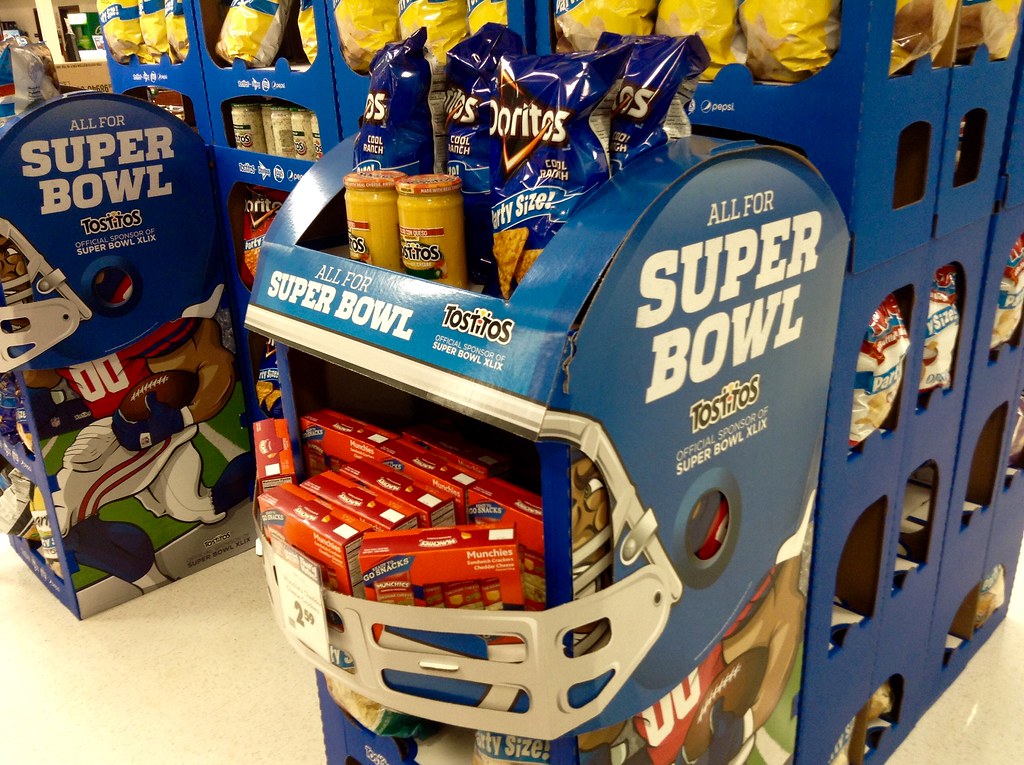
9. **More Than Just the Super Bowl: Conference Championship Gear’s Journey**Okay, so we’ve talked a lot about the Super Bowl, but let’s be real: the drama and the merchandise production don’t just start and end with the big game! The excitement, the hope, and yes, the pre-printed championship gear, extends to other major events, especially those intense conference championship games. That means a whole other category of ‘almost champion’ apparel gets swept into this incredible donation system.
Think about it: the NFL and Good360 do the exact same thing for the AFC and NFC Championship games. This means that if your team makes it *that* far, only to fall short, their ‘victory’ swag is also on the move! The context specifically mentions Bills and Commanders gear being on the move, and we also heard about Cincinnati Bengals’ and San Francisco 49ers’ conference championship gear joining the donation ranks. That’s a *lot* of apparel.
This highlights just how massive and consistent this operation is. It’s not just a once-a-year scramble for the Super Bowl loser; it’s an ongoing, year-round effort covering multiple layers of professional sports. Every step of the way, from the initial play-offs to the final whistle, the process is ready to spring into action, ensuring that even a regional championship loss still results in global gain.
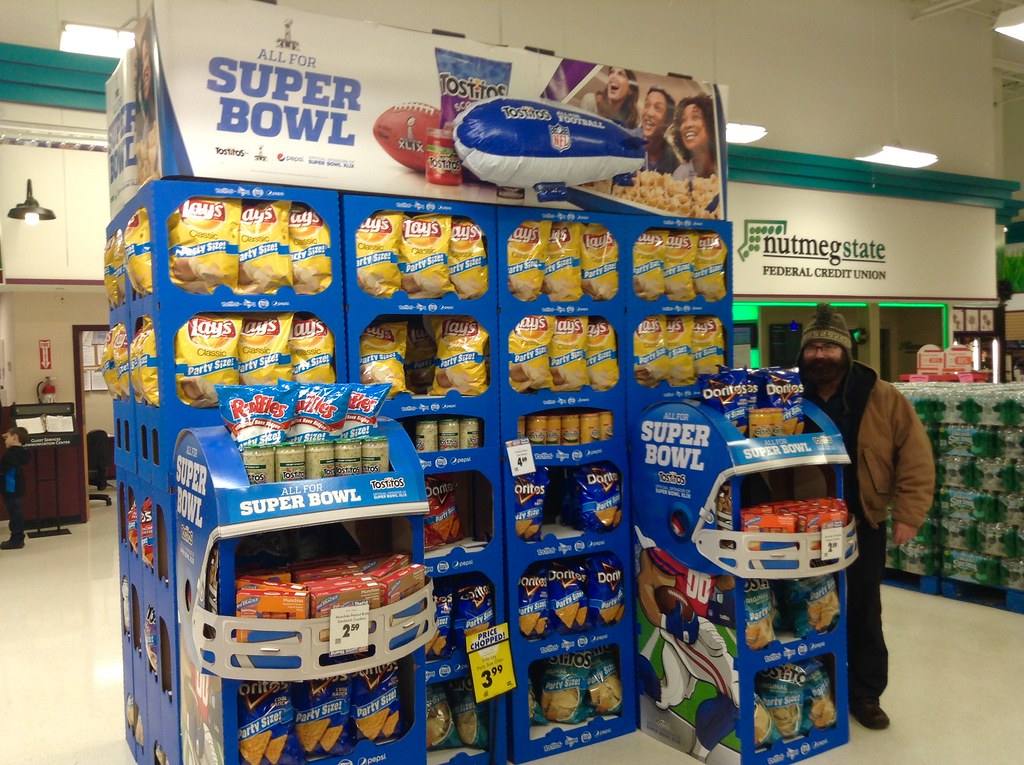
10. **The Strategic Pipeline: Aligning Donations with Urgent Needs**Ever wonder how all this gear gets from a warehouse in the U.S. to a village in, say, Africa or South America, without a hitch? It’s not magic, but it’s pretty darn close! We’re talking about a meticulously planned logistical pipeline that ensures these goods don’t just land anywhere, but are strategically aligned with communities facing the most urgent needs.
Good360, in collaboration with the NFL, starts this process well before we even know who’s playing in the Super Bowl. They come up with a list of countries, primarily in Africa, the Middle East, Asia, and South America, where goods could be sent. Once that list is approved, Good360 reaches out to its non-profit partners in those countries to identify the places in most need. It’s about precision, not just volume.
After the game, when the final results are in, the NFL instructs retailers on what to do with the losing team’s apparel. All the items are then sent to a single location in the United States. This centralized approach allows for massive containers to be filled completely before shipment, optimizing transport and ensuring maximum impact. This strategic foresight prevents donated clothing from disrupting local economies, which is a crucial aspect of responsible giving.

11. **The Environmental Win: Turning Textile Waste into Resource Gold**Let’s talk about an often-overlooked but hugely important aspect of this entire operation: the massive environmental win! Once upon a time, the fate of all this losing team championship gear was simply to be destroyed. We’re talking burning apparel to avoid market confusion, shredding merchandise so it would never see the light of day, and zero consideration for a second life. Can you imagine the textile waste and the carbon emissions? Ouch.
Thankfully, those outdated practices are largely a thing of the past! Today’s approach embraces humanitarian impact and, just as crucially, environmental sustainability. By diverting these mountains of perfectly usable clothing from landfills, organizations like Good360 and World Vision are making a significant dent in textile waste. This isn’t just about charity; it’s about conscious change and responsible resource management.
The production of clothing is resource-intensive, so preventing these brand-new, high-quality items from ending up in a dump conserves valuable resources and reduces pollution. It’s a win-win scenario, where a momentary sports disappointment becomes a long-term triumph for our planet. This sustainable solution ensures that even the ‘almost’ champions contribute to a greener, more responsible world, proving that good intentions can also be good for the Earth.
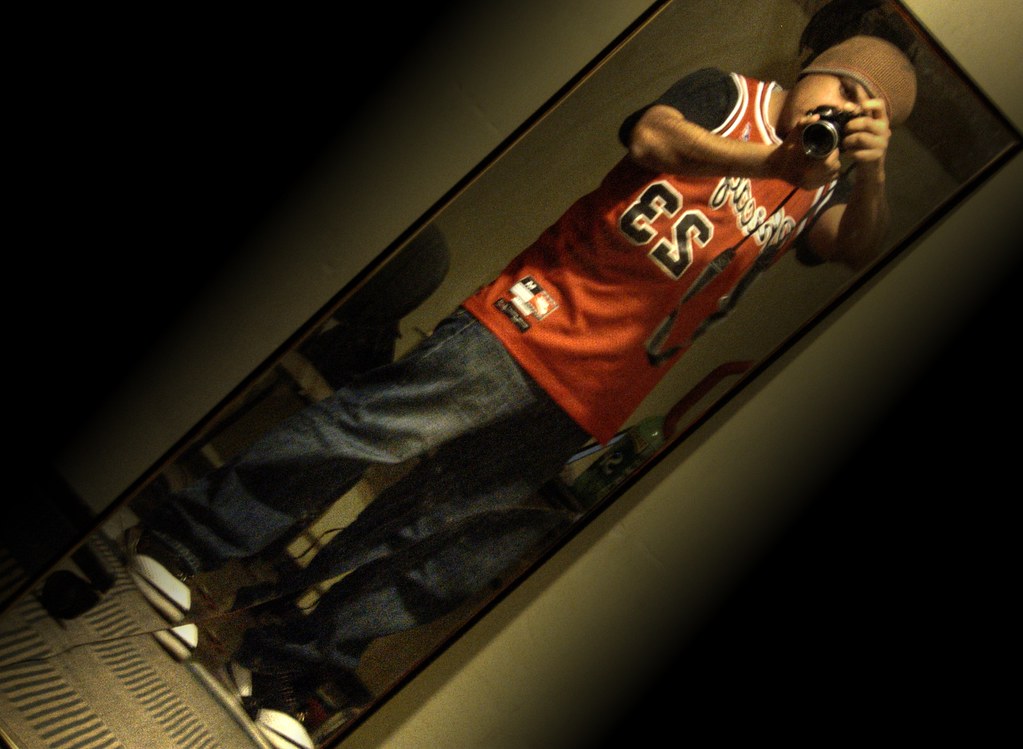
12. **The Human Dignity Dividend: More Than Just a Shirt**Beyond the cheers, the tears, and the logistical marvels, there’s a profound human story woven into every donated jersey. For many of us, a new T-shirt is an everyday item, perhaps a fleeting fashion statement. But for individuals in remote and underserved communities across Africa, Asia, and South America, a clean, well-made, and wearable piece of clothing is nothing short of a luxury. It’s an item that offers warmth, protection, and, most importantly, dignity.
Imagine being a child in an earthquake-ravaged nation like Haiti, as was the case for the Colts gear in 2010. Or a family in El Salvador receiving brand-new Cardinals apparel after Super Bowl XLIII. These aren’t just hand-me-downs; they’re high-quality, often brand-new items that instantly improve quality of life. They provide practical support in crises and offer a sense of worth and care to those who might otherwise go without.
This is the ultimate ‘victory’ in this whole process. The journey of these ‘unbuyable’ jerseys isn’t just about clearing inventory or reducing waste; it’s about transforming disappointment into a tangible symbol of hope and compassion. It tells a story of global connection, where the passion of sports on one side of the world directly translates into a better quality of life and a touch of human dignity for someone thousands of miles away. It’s truly incredible to see how a game can inspire such widespread generosity and positive impact.
So, there you have it! The next time you see a team hoist that championship trophy, take a moment to remember the *other* team. Their hard-fought season, while ending in a bittersweet loss, ignites a chain reaction of generosity and positive change across the globe. From preventing textile waste to providing essential items and boosting human dignity, these ‘unbuyable’ jerseys truly embody the spirit of turning adversity into advantage. It’s a powerful reminder that even in defeat, there can be an incredible, unexpected victory for humanity. And that, sports fans, is a story worth celebrating!

